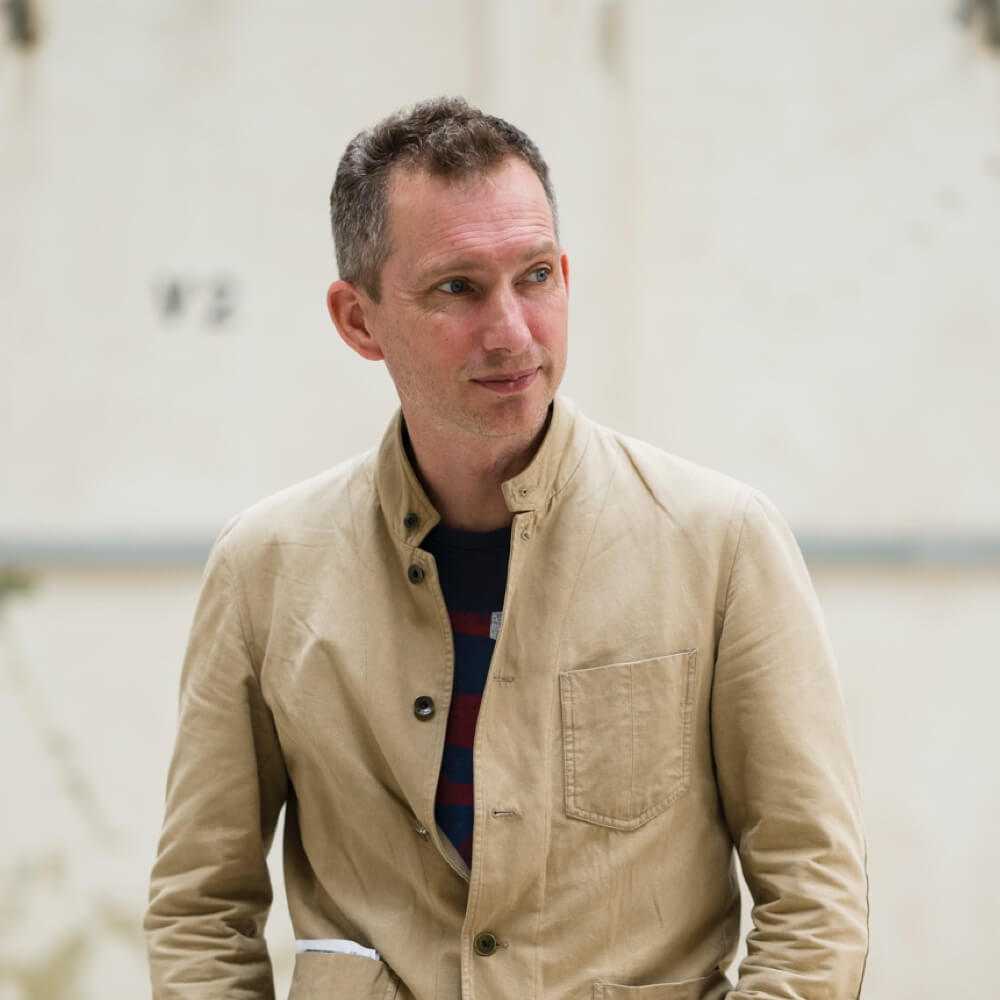Saints and Spirits
Lena Peters latest ceramic work continues to play with folkloric narrative and storytelling.
David Gill Gallery, London
21st November – 21st December 2018
IT IS HARDLY news to suggest that clay is having a bit of a moment. The likes of Jesse Wine and Aaron Angell, for instance, are finding a receptive audience in the fine art world, while at the more industrial end of the spectrum designers such as Ian McIntyre and Reiko Kaneko are having some success in breathing life back into the historical heart of British ceramics manufacturing, Stoke-on-Trent. And at the time of writing there are a clutch of rather wonderful ceramic exhibitions in London that perfectly illustrate the field’s vibrancy and aesthetic diversity – from the starkly beautiful minimalism of Julian Stair at Corvi-Mora, to the post-modern musings of Alison Britton at Marsden Woo.
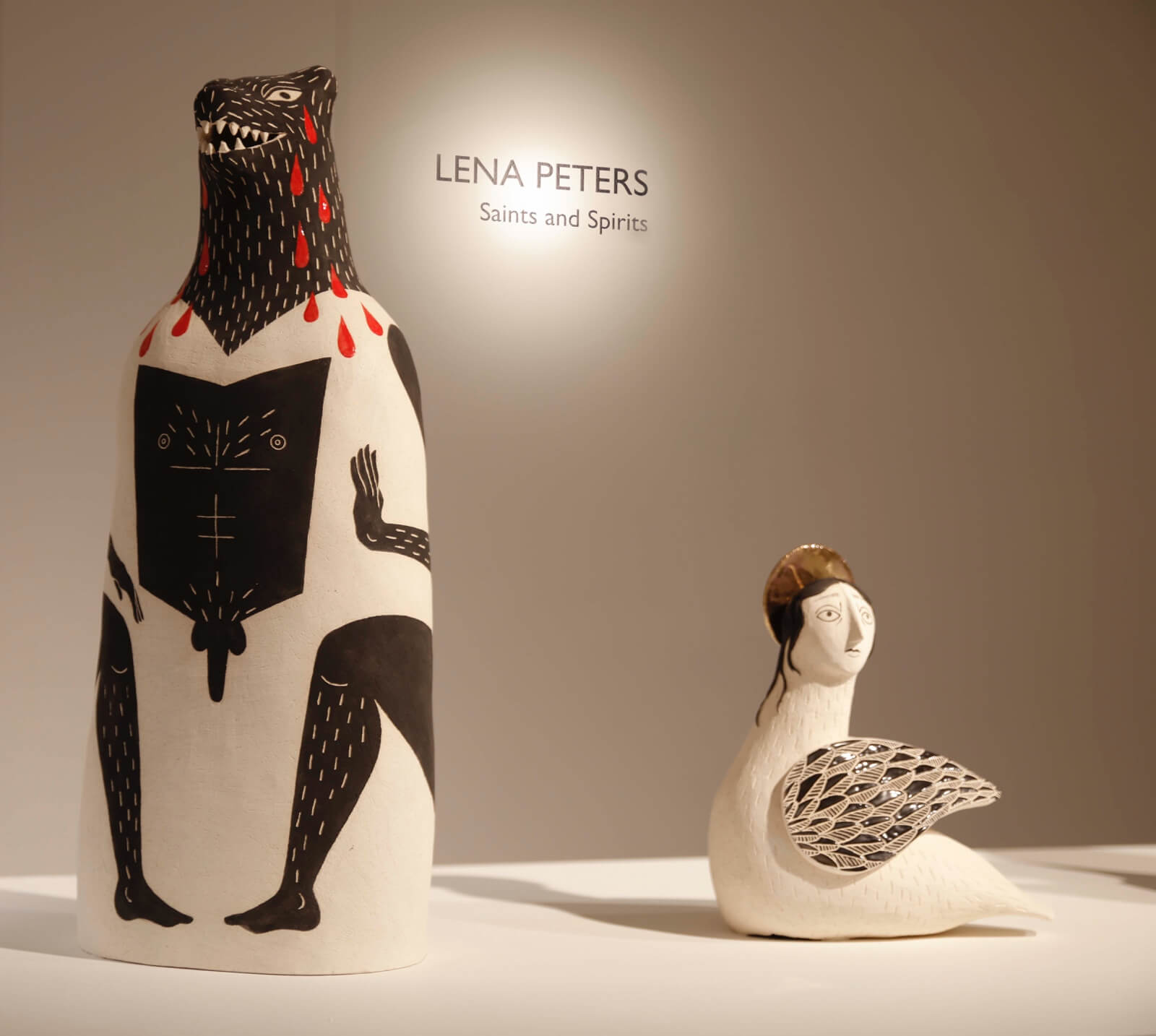
Lena Peters, ‘The Honey Eater’ (left) and ‘The Lonely One’ (right)
COURTESY: David Gill Gallery
Meanwhile narrative plays a vital role in up-and-coming artist Lena Peters’ work, which was on show at the David Gill Gallery at the end of last year. I first came across the artist as she graduated from Central Saint Martins in 2017. Her work simply sang out, seeming to come from an entirely different place to everyone else on the course. Intriguingly she created her own story around the pieces on display, telling the tale of how she, an archeologist, discovered the foundations of a small settlement while out rambling in Northumberland National Park, a little north of Hadrian’s Wall. In the subsequent dig she uncovered a hoard of artefacts unlike anything ever seen before – relics of an unknown tribe who were a combination of Romans and Celtic Britons. This isolated community created a belief system that appeared to combine Roman mythology with pagan belief – combining stories such as Romulus and Remus, with a fascination of woodland animals such as owls, wolves and deer.
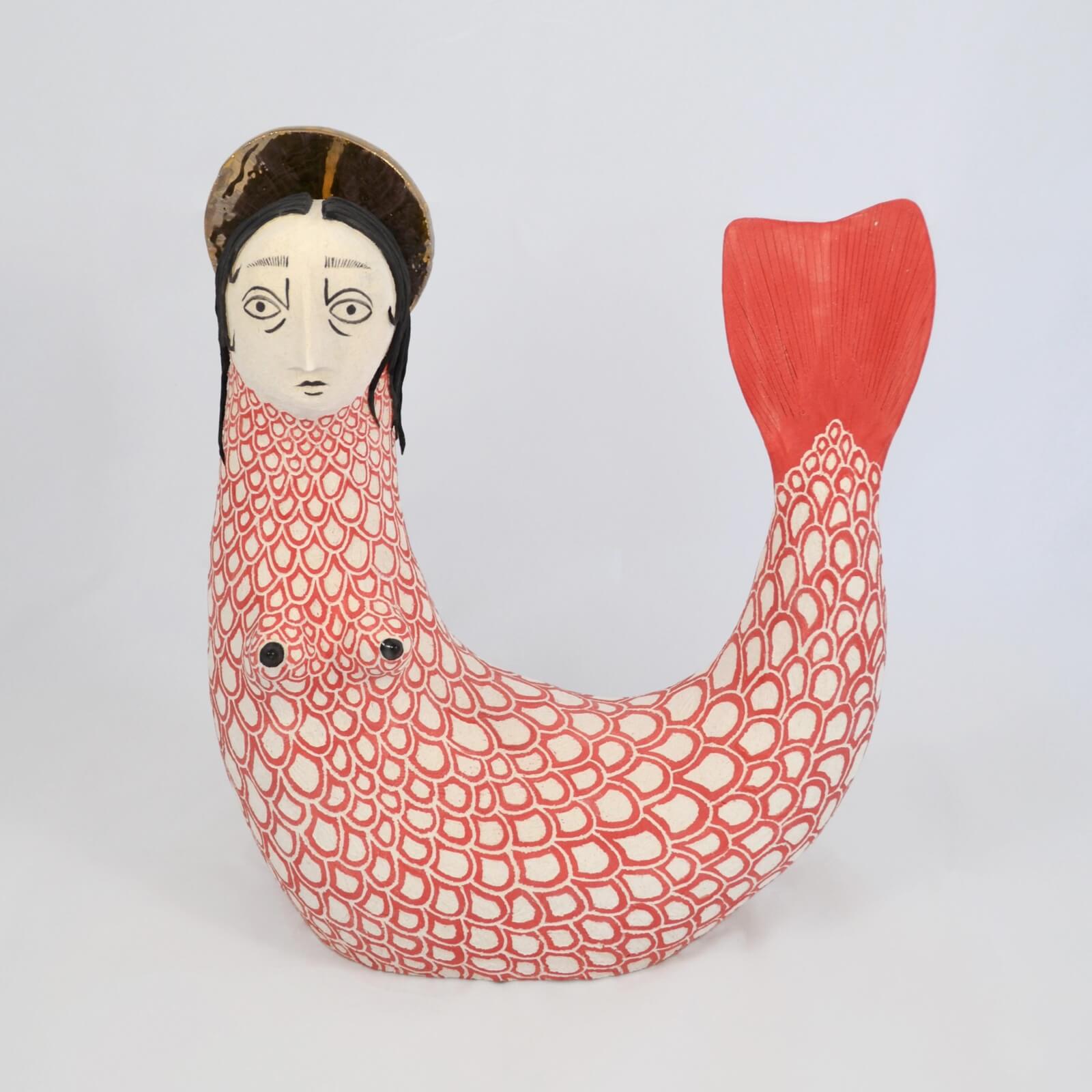
Lena Peters, ‘The Sea Mother’
COURTESY: David Gill Gallery
Her latest collection builds and expands on this notion. Each of her fascinating hybrid figures – part animal/part human, a little bit Christian and a soupçon pagan – come with a carefully written backstory where fiction merges seamlessly with fact. Indeed I found myself Googling various assertions in the accompanying book to check if they were true. The symbolism of the 14 characters, which range from a cat (‘The Familiar’) to a fish (‘The Sea Mother’), are explained in intricate detail with each sharing a golden circle somewhere on their bodies evoking, writes Peters, “the same power as the halos that saints are depicted with.”
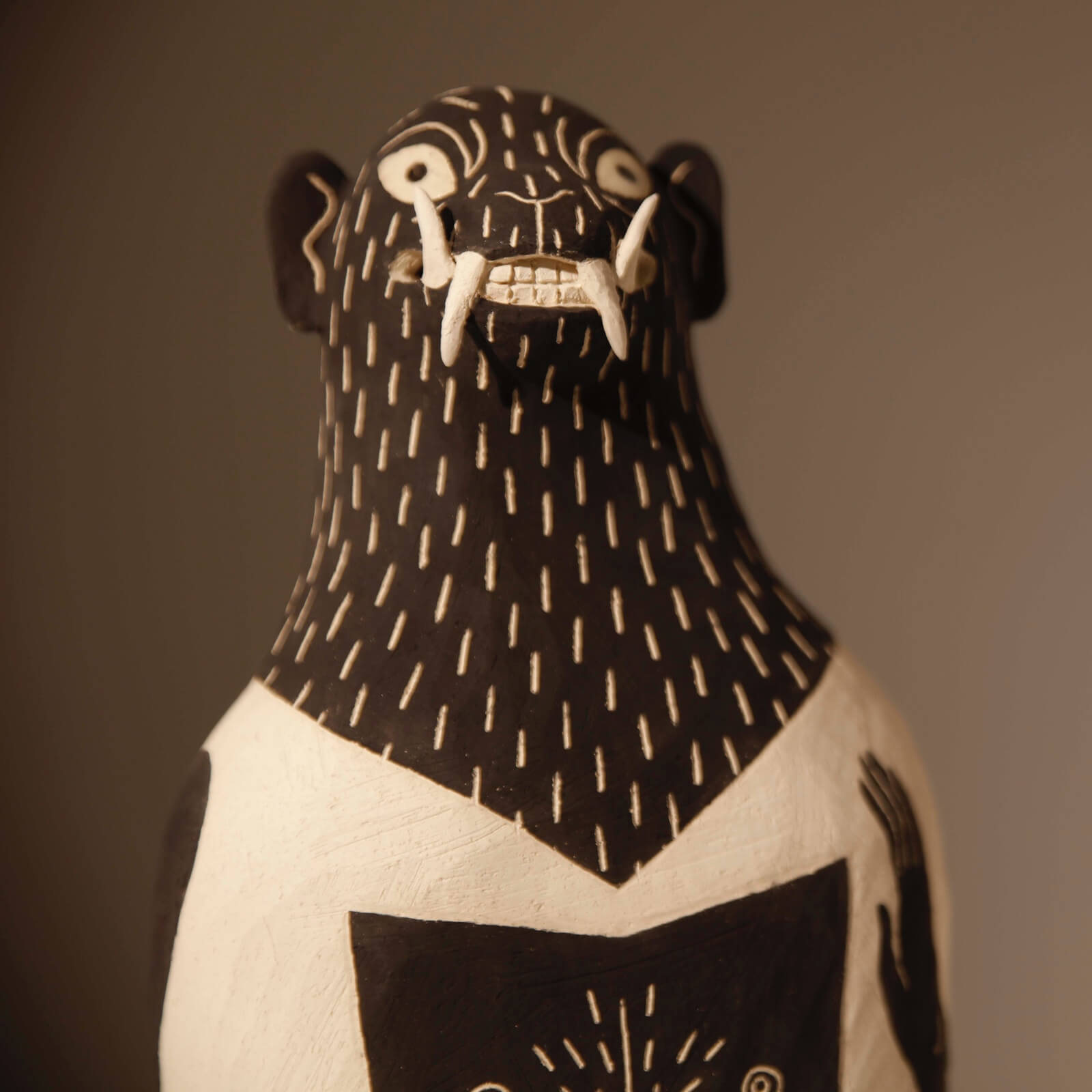
Lena Peters, ‘The Guardian’
COURTESY: David Gill Gallery
It leaves the visitor with a fistful of questions. Were these pieces actually discovered by workmen in Holborn’s St Etheldreda’s Church as it was undergoing restoration? Could they really have been made by a nun on the site where Ely Cathedral now stands in the seventh century? And do they, as the artist suggests, “offer us a glimpse into an alternate history”? It’s fascinating stuff.
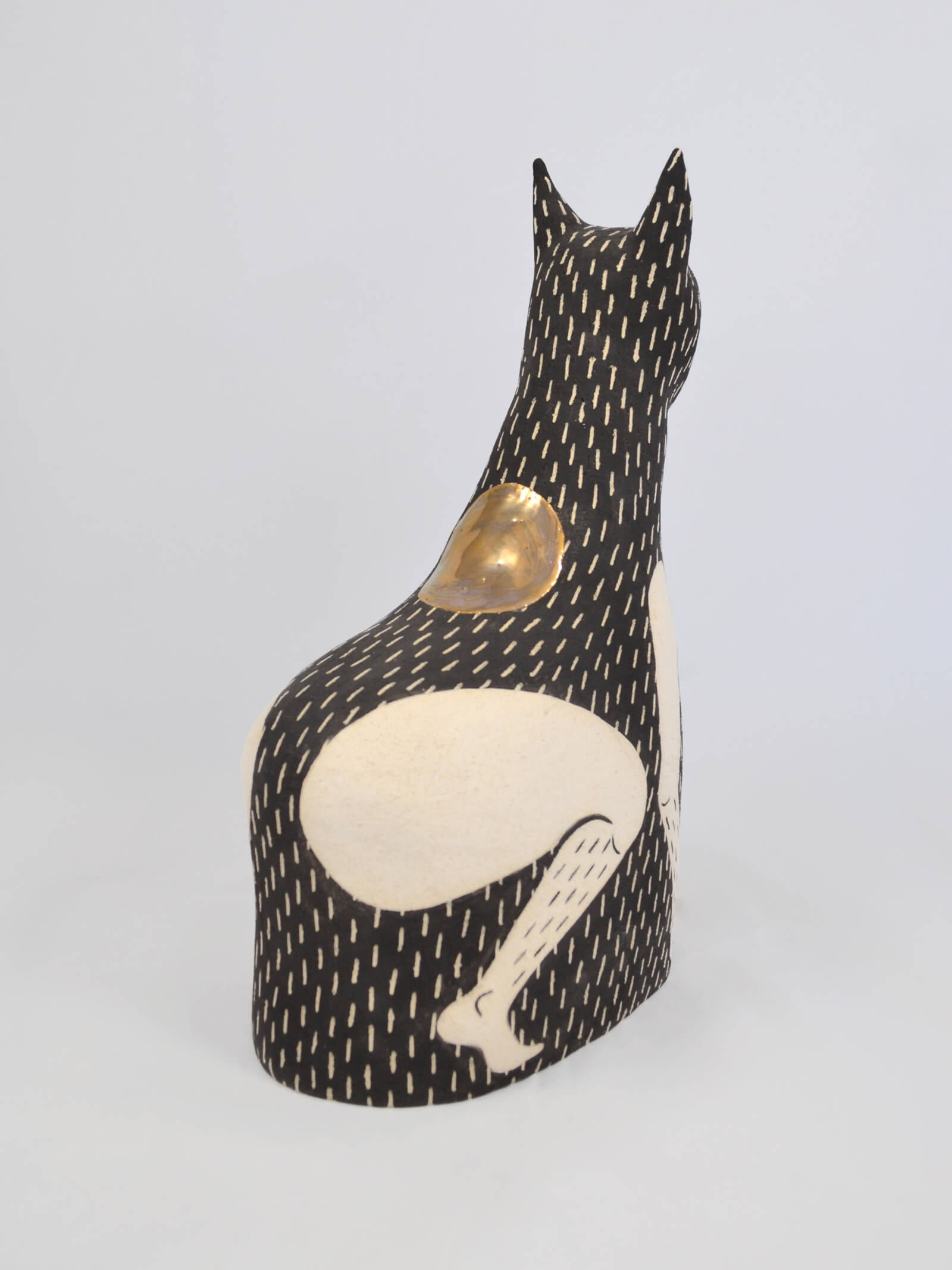
Lena Peters, ‘The Familiar’
COURTESY: David Gill Gallery
Any brickbats? Well if I’m being really picky I could point to a small error in her research – the monasteries were dissolved in 1536 under the reign of Henry VIII rather than his father Henry VII as she states in her text – and, were she a real academic, she would have used a few more references. Instead she relies a little too heavily on Tachen’s The Book of Symbols. But this shouldn’t be allowed to detract from a richly intriguing body of work – aided and abetted by the ability to spin a convincing yarn – created by a talent it’s worth keeping an eye on.
David Gill Gallery – an art gallery in London, offering modern and contemporary art and furniture.
